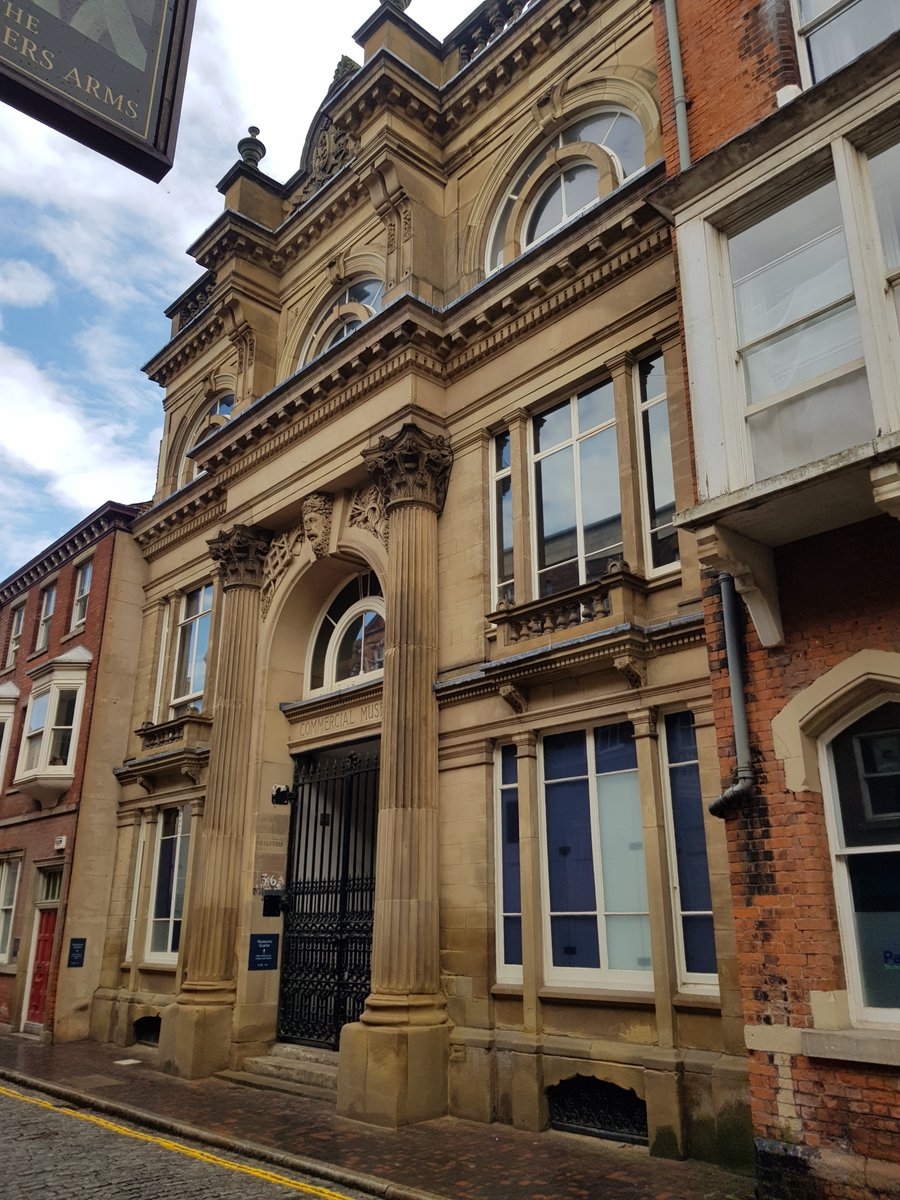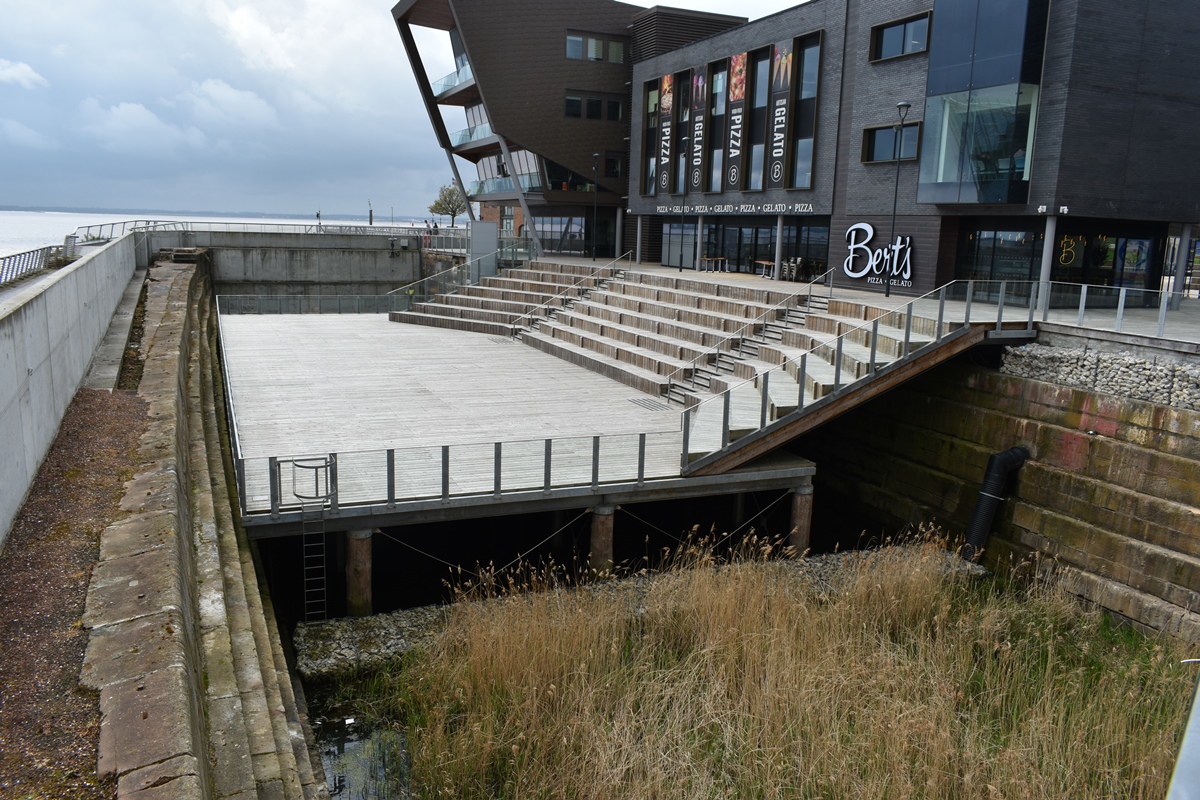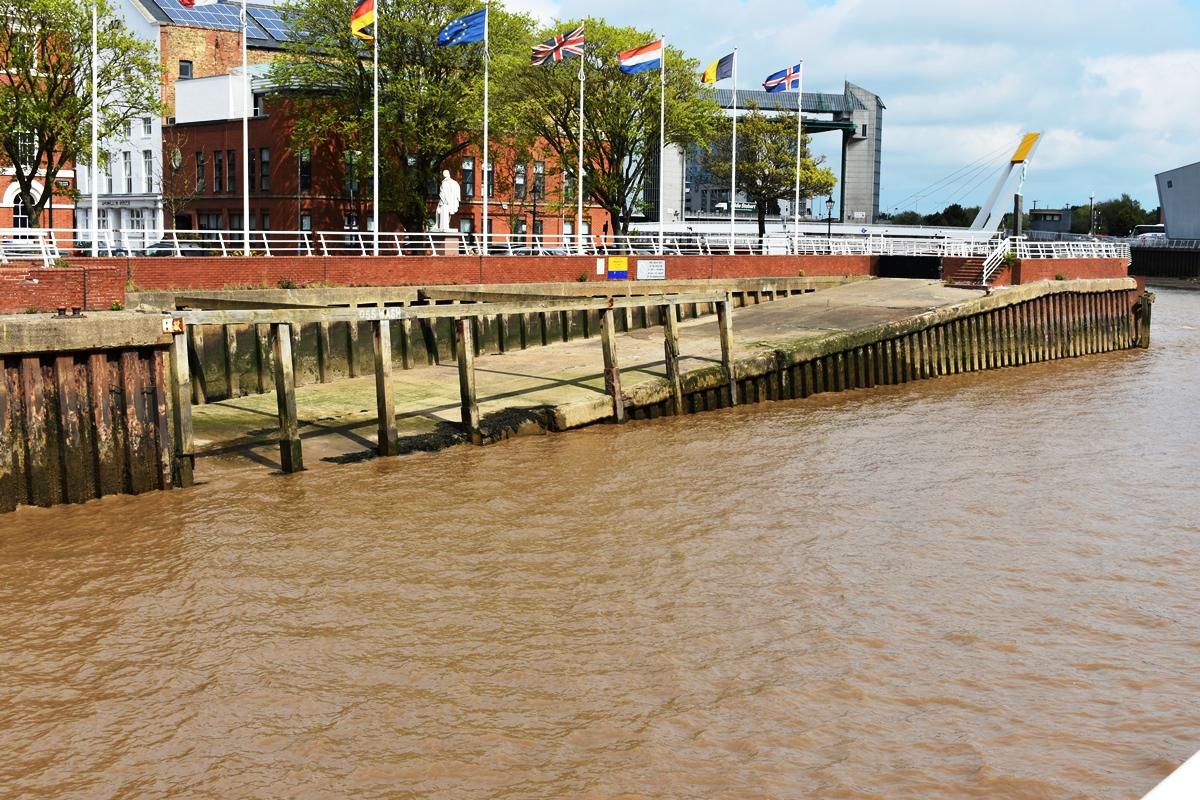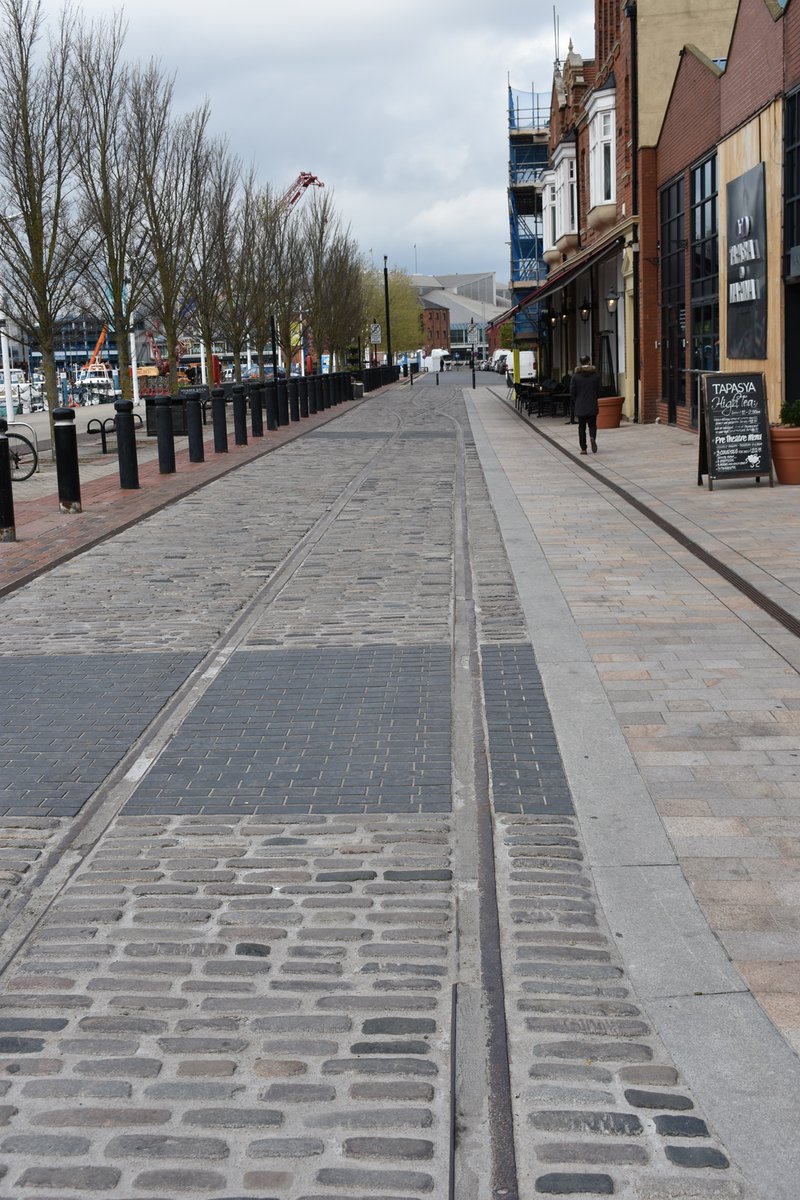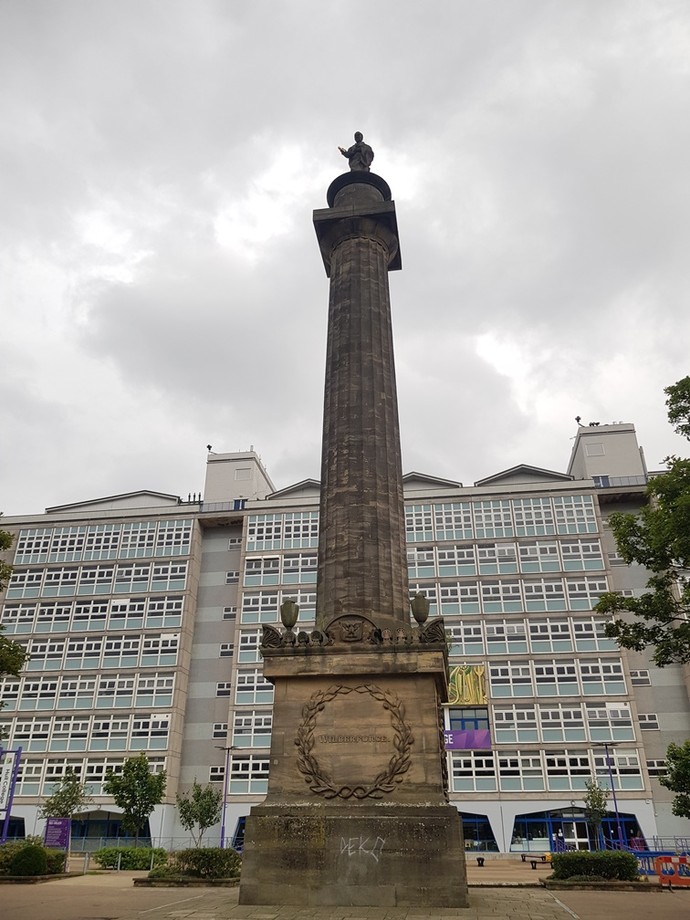


The gun was salvaged on the 12 August 1984. Greltoria is listed in the 1917 casualty returns on the @LR_HE archive-hec.lrfoundation.org.uk/archive-librar…

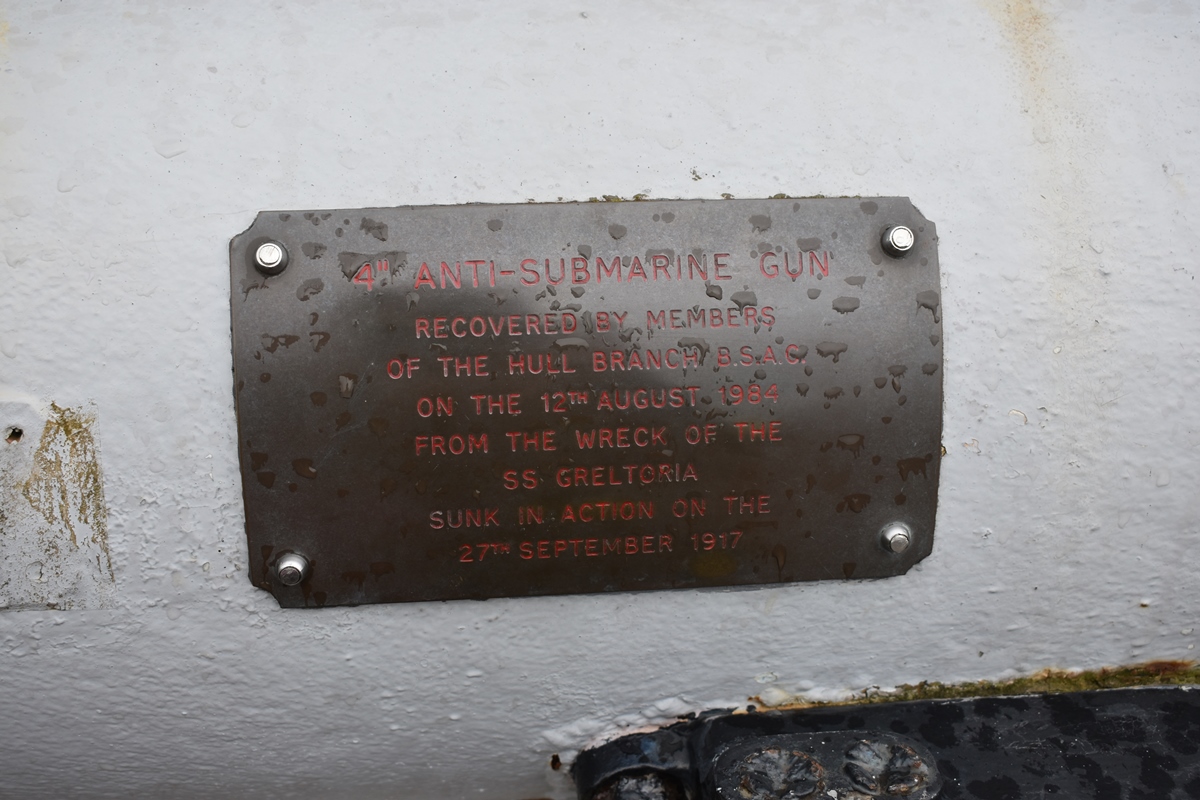


You can find out more about #HumberDiscovery over on Youtube-
And learn about Team North’s fondness for Patties-

thinglink.com/scene/13015315…


